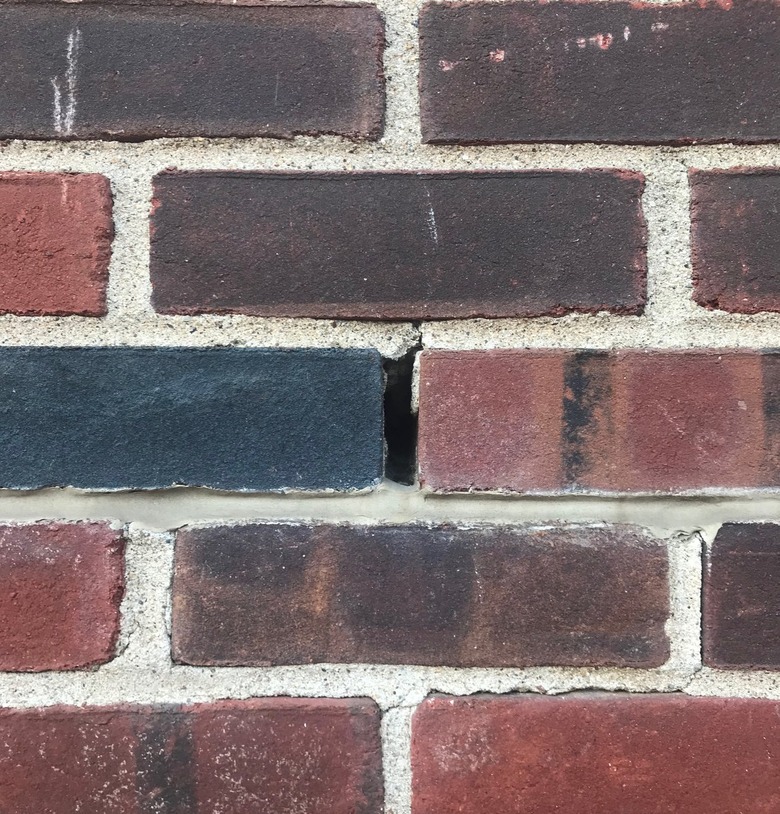Why Do Brick Houses Have Weep Holes?
Brick houses are undeniably attractive. They're timeless, durable, and they work beautifully with natural elements. It also doesn't hurt that bricks are eco-friendly, a feature that many modern homeowners crave.
If you've ever examined a brick house, you might have noticed evenly spaced holes along the foundation. These openings — known as weep holes — might look strange, but they actually serve an important purpose.
Why do brick walls have weep holes?
Why do brick walls have weep holes?
In order to appreciate the reason for weep holes, it helps to understand the nature of bricks and cementitious mortar, which is the cement that's used to adhere bricks together. "Bricks and cementitious mortar are [naturally porous] materials," Mike Powell — a P.E., C.P.I., licensed professional home inspector, and founder of Red Flag Home Inspection — tells Hunker.
In other words, bricks and cementitious mortar can absorb moisture from sources like humidity and rainwater. This moisture can escape from the outer face of the bricks — but not from the back side. That means a pocket of elevated moisture can become trapped behind the bricks where it can't easily escape, says Powell.
As you can imagine, trapped moisture is bad news for the brick foundation. Specifically, it can lead to moisture damage and mold growth, Ralph Severson — licensed contractor and founder of Flooring Masters and Professional Remodelers, a full-service remodeling company — tells Hunker. Not only will this weaken the foundation of your home, but it can ruin its curb appeal, too.
Enter weep holes, which "provide a conduit for water to escape from behind the brick assembly," Powell explains. You can find them in old and new brick houses alike. A quick explainer: "Early brick installations used solid brick masonry, with multiple layers of brick forming the wall element itself. Nowadays, a brick veneer system is used. [This involves] an exterior wall element that's faced with a brick veneer to provide the desired aesthetic of the brick," says Powell.
The gap between the exterior wall and brick is called the "drainage plane." This gap redirects the moisture to the weep holes along the bottom, shares Powell. As a result, the water can exit the wall assembly, effectively preventing moisture from getting trapped in the structure.
Think of it this way: These holes allow the brick structure to weep.
Ultimately, weep holes "are absolutely necessary if you want to keep your [brick] house from rotting and growing mold," Severson says. They also require no maintenance. And while weep holes can get clogged, it's a rare occurrence, he adds. Typically, the installation of numerous weep holes help prevent this issue.

